WHO REALLY OWNS CITY HALL 5: Citizen representation
Part 3 of the Municipal Act regulates all aspects of elections, from elector and candidate qualifications to the resolution of conflicts and irregularities. The scope of the Act’s election regulations meets all that can reasonably be required to assure fair and open elections in Yukon municipalities. However, elections are to democracy what oxygen is to life – impossible to be sustained without it but woefully insufficient for it to survive.
What the Municipal Act’s election regulations lack are measures to enable communities to develop the democratic effectiveness of their local government, measures aimed at the principles of council responsibility and accountability and at citizen participation.
Municipalities are made up of neighbourhoods, each having its own character and peculiarities. A neighbourhood may be shaped by geographic, and/or cultural, social, or economic factors. What residents expect from their local government, and how they evaluate their elected council’s performance, is affected by the ways in which council responds to a neighbourhood’s needs.
Is it reasonable to expect a councillor residing in one neighbourhood to be responsible and accountable to citizens living in another neighbourhood? The answer depends on the degree of difference between neighbourhoods, and to the degree to which a councillor understands, and is understood by, residents in these neighbourhoods.
Sensitivity to the geographic proximity of electors and the elected is an important consideration in federal and territorial/provincial elections. Electoral districts, or constituencies, are established and periodically adjusted for that purpose. For the purpose of territorial governance, where responsibilities of a broader nature are dealt with, responsibilities such as justice, health, and education, Whitehorse is subdivided into several electoral districts.
Larger neighbourhoods such as Riverdale and Porter Creek are subdivided into three distinct electoral districts. For the purpose of municipal governance, however, where neighbourhood-specific decisions such as zoning are made, all representatives are elected at large. A further peculiarity is that residents of Whitehorse elect more members to represent their interests to the Yukon’s Legislative Assembly than they do to their municipal council. In all other communities voters elect more representatives to their municipal council than they do to the Legislative Assembly.
The Municipal Act provides for the possibility of municipal councils to be elected on an area or ward basis. The Act allows for wards to consist of more than one defined area, even if such areas are not contiguous. Section 54 allows council, with the approval of the Minister, to adopt a bylaw to “provide that all or some of the members of the council be elected on an area or ward basis.” This provision is a throw-back to pre-1998 local government principles when decisions that affect a community’s residents, decisions of no relevance to the Yukon or to municipal council duties and responsibilities, were left to council and the minister to sort out without much concern for the views of the people most directly affected. It is not surprising that no Yukon municipality (so far) has adopted municipal ward elections.
Residents who would like to see a ward established need not wait for council to act; they could make use of their right to petition council for a bylaw to establish a ward for their neighbourhood. But who would have the responsibility to define the ward? Would it be the petitioners, or council — the very council whose structure the petitioners seek to change — or, ultimately, the Minister? Defining a ward raises questions not only about boundaries and population, but also about the changes representation by ward would have on residents and their community. There is also a question concerning justification. Should the ward option be available as a matter of principle, a matter of rights of any neighbourhood? Or should the ward option be restricted to resolve specific problems such as chronic under-representation or repeated discriminatory decisions made by successive councils to the detriment of a neighbourhood? Should requests for ward representation be substantiated in some manner, supported by evidence of a specific kind?
The Act allows “that all or some of the members of the council be elected on an area or ward basis.” What is a partial ward system? If one ward is created, what is the remainder of the municipality if not another ward? The legislation provides no guidelines in the critical subjects of area or population. It may be difficult to imagine a ward system in a typical Yukon village. As it concerns the most likely candidate for a ward system, the City of Whitehorse, the inadequacies of the Act’s ward provisions are glaring.
With a population of nearly 34,000, a Whitehorse councillor represents an average of 5,650 residents. Should a neighbourhood with a population of 2,000 be allowed to form a ward? What if a request comes from a neighbourhood with a population of 8,000? Could such an area be fairly represented by a single councillor? Should it be designated as a two-councillor ward or be split into two wards? The legislation should establish ward parameters with population ranges. For example, a population range of 14% to 19% per ward could be applied to municipalities with a six-member (plus mayor) council, and a range of 23% to 27% to municipalities with a four-member (plus mayor) council. If a petition calls for a ward whose population would exceed this range, residents should be offered a choice between one two-councillor ward or two one-councillor wards. Ward parameters of that kind need to be established in principle within the legislation. Such questions cannot be left to be decided by the minister on a case by case basis.
Other aspects of the sections dealing with wards need to be revised and brought in line with the Municipal Act’s principles. The Act’s principles affirm that public participation is fundamental to good local government. It follows that citizens must be engaged in any change affecting the organization and structure of their representation on council. It is essential that the process also involve a neutral authority, sensitive and knowledgeable in matters of local governance, such as the Yukon Municipal Board. Reviewing applications for municipal wards and making recommendations concerning their constitution should be added as a specific responsibility to the Board’s jurisdictions under sec. 331 of the Municipal Act. The final decision should not be left to the minister; it should be decided by citizens themselves by way of a referendum.
The option for elections on an area or ward basis should not simply be dropped. It serves the principles of council responsibility and accountability and of public engagement and should therefore be amended and expanded to become viable. Circumstances and conditions vary significantly between Whitehorse and all other municipalities, measures to apply principles must therefore be flexible. When we look at what makes a Yukon municipality unique, what distinguishes one from all others, we find that each one is shaped by a multitude of characteristics: social, cultural, historical, and economic as much as geographical.
Elections by ward should serve to strengthen a municipal government’s democratic fibre. What other purpose could a ward election serve? Viewed from that perspective, should electoral division on the basis of geography be the only option? Could a ward system based on demography lead to greater public participation in municipal government? In some communities generational issues may be of greater concern than the street address of voters. Demographic wards could ensure the election of a council sensitive to inter-generational issues. What if a municipality were to establish two wards, one made up of voters under the age of 40 and the other of voters aged 40 and over? As residence in a geographically defined ward is a qualifying condition for candidates and electors, so could age be in a demographic ward.
The question of term limits for municipal council members, as it relates to the principle of public participation, is another matter worthy of consideration. Council experience can be an asset, but it can also contribute to apathy and a stubborn refusal to consider new or alternative solutions to chronic problems. Limiting council membership to two or three terms would provide for a regular injection of new blood and fresh ideas into a municipal council. Term limits need not deprive a community of the benefits of experience. Within a decade following their introduction, term limits would enrich a community with a nucleus of past council members, of council elders. Council elders could be called upon to serve on special committees, to speak to students in social studies classes, to write columns for the local paper, to provide commentary on local radio, and to assist groups of citizens in the pursuit of any number of community objectives. Term limits could motivate citizens to take a turn at the responsibility to govern, while creating a cadre of council elders ready to serve their community.
Geography and demography are not the only distinguishing characteristics of a community, although not every distinguishing quality lends itself to be reflected in the constitution of a municipal council. A greater effort should nonetheless be made to transform the Municipal Act into a resource offering choices to communities. The Municipal Act should allow citizens to decide how they wish their views and priorities to be represented on their local council.
Public participation is one of the Municipal Act’s guiding principles. That principle calls for the scope of elections to be expanded to advance its objective. In my next column I will address the subject of municipal boundaries.
Andre Carrel is a retired City Administrator, journalist, author, and full-time grandpal.



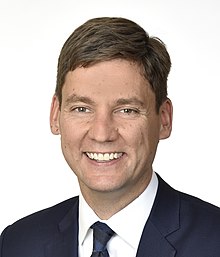
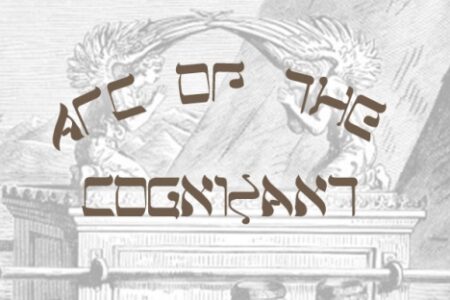
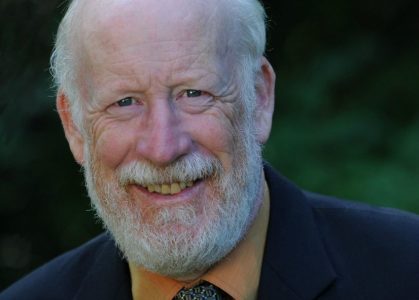
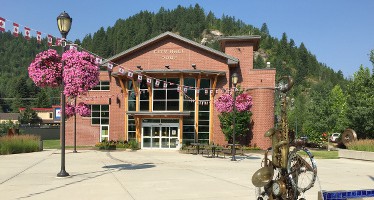







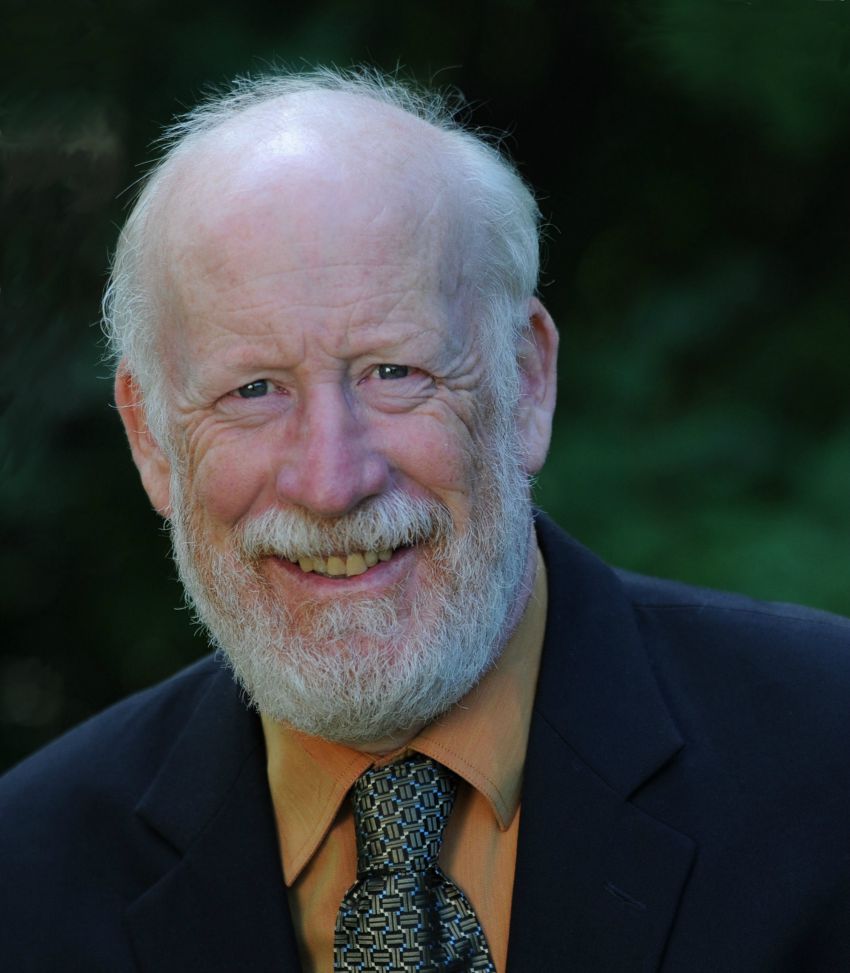









Comments